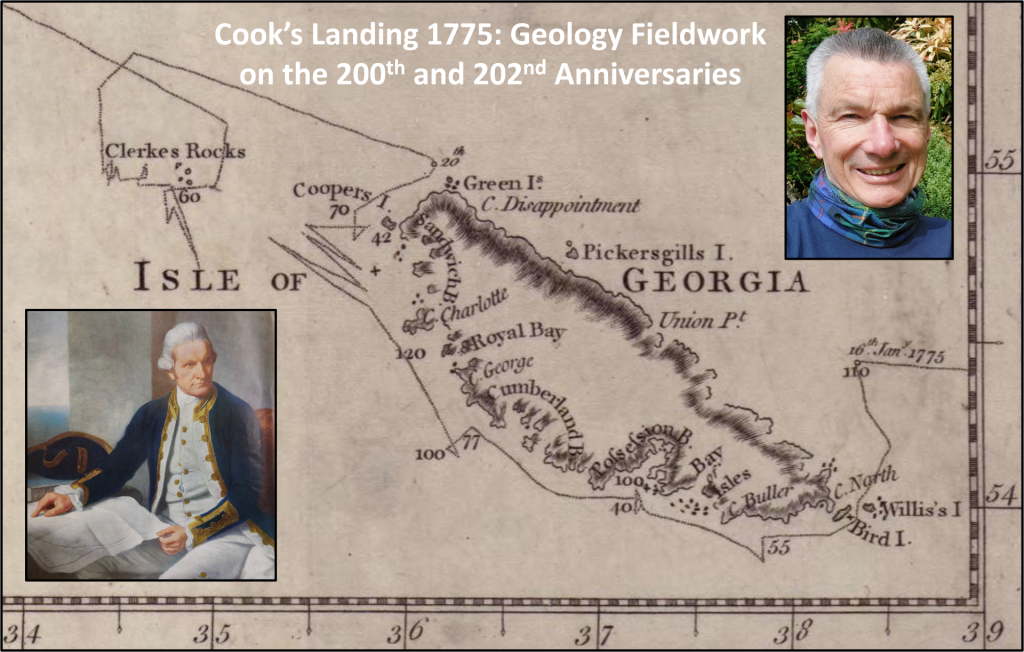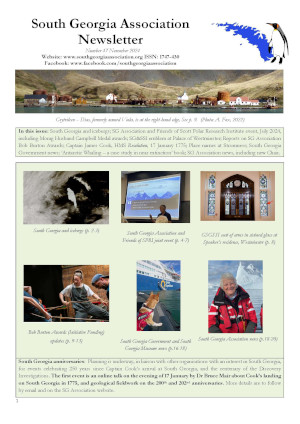May 2025 SGA Newsletter Published
The South Georgia Association’s May 2025 Newsletter has been published.
It contains articles about:
- The first ascent of Mt. Paget;
- SG Association Summer event, 4-5 July 2025;
- Updates on SG Association Bob Burton Awards;
- Place names from Cook’s first chart, 1775;
- Reports on 2024-25 Science on South Georgia;
- Avian Influenza update;
- Iceberg A23a approaches SG;
- South Georgia organisations’ news roundup;
- Wildlife highway through Tawny Gap.
Members’ paper copies will be in the post soon and the e-copy is online via the News menu above (If you need the password it will be emailed to members soon after publishing – it is the same as last time).
Older issues are free for anybody to download from the newsletters page of this website. (Now including last April’s Issue)
May 2025 SGA Newsletter Published Read More »








